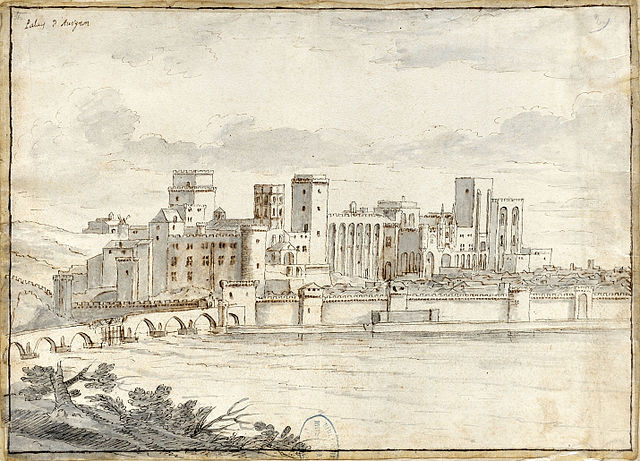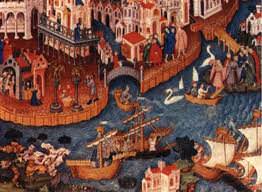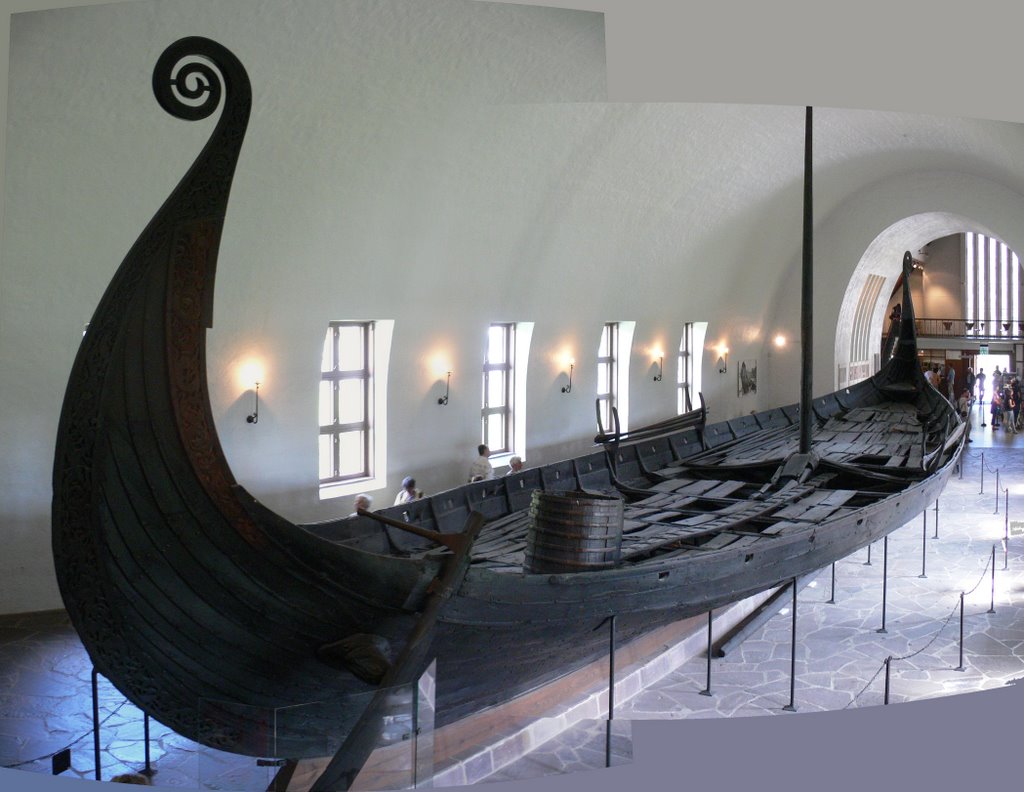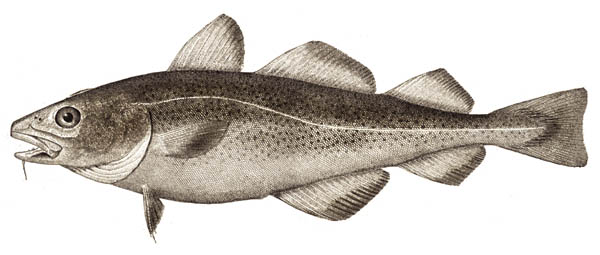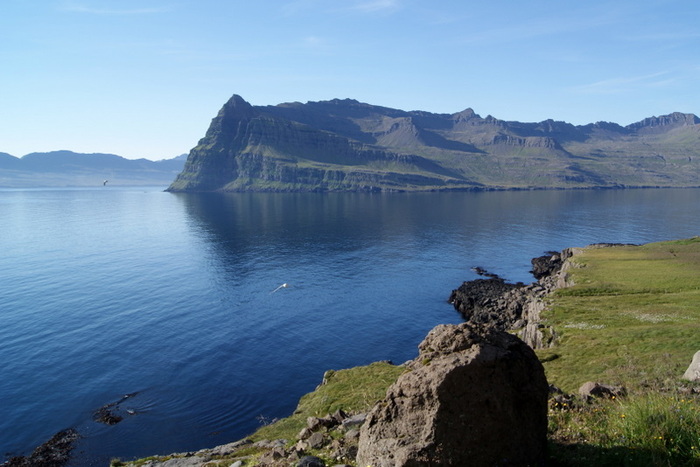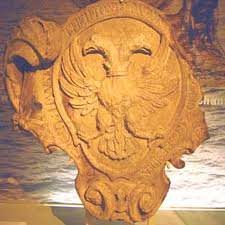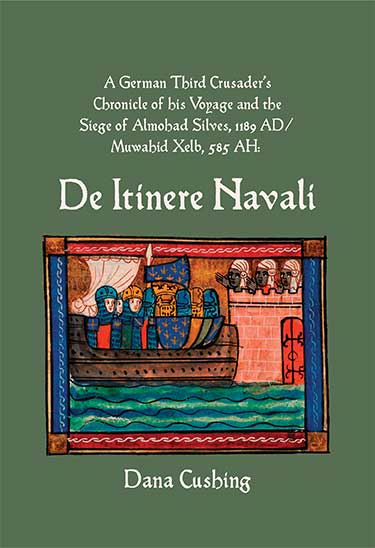Vital Factors in the Success of the Vikings
Viking raids in Western Europe met with an easy success which is rather astonishing.
Piracy and Papacy: The Legacy of Thibauld’s treasure
Pirates and popes seem to be two things that simply would not intersect owing to both time and distance, but in 1357 intersect they did. The result was a court claim that resulted claims for damages that wound up providing us one of the finest medieval cities to survive today.
Maritime Southeast Asia: The View from Tang-Song China
The following are annotated, critical translations of monographs from the Older and Newer Tang Histories concerning the foreign peoples and kingdoms of Maritime Southeast Asia.
Holy Islands and the Otherworld: Places Beyond Water
In this article I attempt to demonstrate that there is a connection between holy islands and notions of an Otherworld beyond water. I believe that the essence of holy islands is their location on the other side of water.
A Peripheral Matter?: Oceans in the East in Late-Medieval Thought, Report and Cartography
It is something of a truism that the Ocean Sea {mare oceanum in medieval texts and cartography) marked out a real and conceptual periphery for medieval Western Europeans.
Greenland Norse Knowledge of the North Atlantic
What did the Norse know about climate, and what was the role of driftwood in their lives?
Venetian Trading Networks in the Medieval Mediterranean
To understand the system of business relations within the commercial network of the Republic of Venice, this article adopts a network analysis that differs from a standard narrative based on a privileged subset of actors or relations. It allows us to examine the socially mixed group of entrepreneurs, brokers, and shippers at the heart of Venice’s economic system.
1295: The Year of the Galleys
This lecture is about an extraordinary set of English shipbuilding accounts dating from the 1290s, when the ports of London, Southampton, Ipswich, York, Newcastle and other places constructed eight war galleys for King Edward I.
The Problem of Mayda, an Island Appearing on Medieval Maps
Of all the legendary islands and island names on the medieval maps, Mayda has been the most enduring.
Women and Ships in the Viking World
Perhaps the most splendid, and certainly one of the best-known, burials of the Viking Age is that of the two women who were put to rest in the Oseberg ship.
Climatic Change and the North Atlantic Seaways During the Norse Expansion
In order to appreciate how the Norse expansion might have been influenced by climatic fluctuations it is necessary to consider in outline the mechanisms which control weather and climate in the North Atlantic area at the present day, and which also obtained in the past.
Anglo Saxon and Viking Ship Burial – The British Museum
This session explores Viking and Anglo Saxon ship burials between the seventh and tenth centuries presented at The British Museum.
Where medieval London got its fish from
During the 13th century the supply of fish to London dramatically changed from a local supply to one important from outside England.
Christopher Columbus’ flagship may have been found
An underwater archaeological search may have discovered the Santa Maria, the flagship of Christopher Columbus when he sailed across the Atlantic reaching the New World in 1492.
The Battle of Winchelsea
By early August, Edward received news that forty Castilian ships had gathered at Sluys and there were plans to attack England.
Lords Of The North Sea: A Comparative Study Of Aristocratic Territory In The North Sea World In The Tenth And Eleventh Centuries
The paper is a comparative study on the aristocrats of eastern England, eastern Normandy, western Flanders and central Norway.
Auðun of the West Fjords and the Saga Tradition: Similarities of Theme and Structural Suitability
This paper evaluates the story of Auðun from the West Fjords, a þáttr dating from the Sturlunga period of medieval Iceland. It compares the short prose narrative to the much longer sagas in terms of their mutual concerns with kings, peace, and the place of Iceland in a larger Christian world.
10th century find points to medieval sea routes around Ibiza
A bronze candelabra discovered by a diver in Ibiza in the 1970s is offering clues to the maritime history of this region.
Eustace the Monk: Scourge of the seas
Eustace the Monk, one of the most colourful and remarkable naval commanders of the Middle Ages, operated in the chilly waters of the English Channel.
New underwater robot will allow archaeologists to examine ancient shipwrecks
Known as the U-CAT, it will allow archaeologists to go inside the remains of ancient and historical shipwrecks without damaging them.
Finland, Tallinn and the Hanseatic League: Foreign Trade and the Orientation of Roads in Medieval Finland
What was the role of Finland in the trade of the Hanseatic League in the Middle Ages? Thisquestion has been widely discussed in Finnish history since 1882, when J.W. Ruuth publishedhis study on the relationship between Finland and the Hanse before 1435.
De Itinere Navali: A German Third Crusader’s Chronicle of his Voyage and the Siege of Almohad Silves 1189 AD
Eleven shiploads of German crusaders from the cities of Lübeck and Bremen departed the Holy Roman Empire in 1189CE, part of Frederick Barbarossa’s crusader army destined for the Holy Land via England, Portugal, and the Mediterranean polities.
Medieval Europeans and their Aquatic Ecosystems
Purposeful medieval fish-catching activities combined with unintended consequences of large-scale agricultural, urban, and commercial development during the Middle Ages to affect, separately and together, aquatic ecosystems and their component fish species in demonstrable ways.
Dragon Harald Fairhair: The construction of a Viking Dragon Ship
A ten-minute video on the construction of a Viking dragon ship, which began in 2010 and is the largest Viking ship ever built in modern times.
‘Defending the Christian Faith with Our Blood’. The Battle of Lepanto (1571) and the Venetian Eastern Adriatic: Impact of a Global Conflict on the Mediterranean Periphery
The battle of Lepanto, which took place on the 7th of October 1571, was the greatest naval battle of oar driven vessels in the history of the Mediterranean1. It was then that the mighty Ottoman navy suffered its first and utter defeat in a direct confrontation with Christian forces, joined in the Holy League. Its purpose was to help Venice in the defence of Cyprus, stormed by the Ottoman troops in July of 1570, but to no avail, as on the 3rd of August 1571 the island was taken by the Ottomans.

